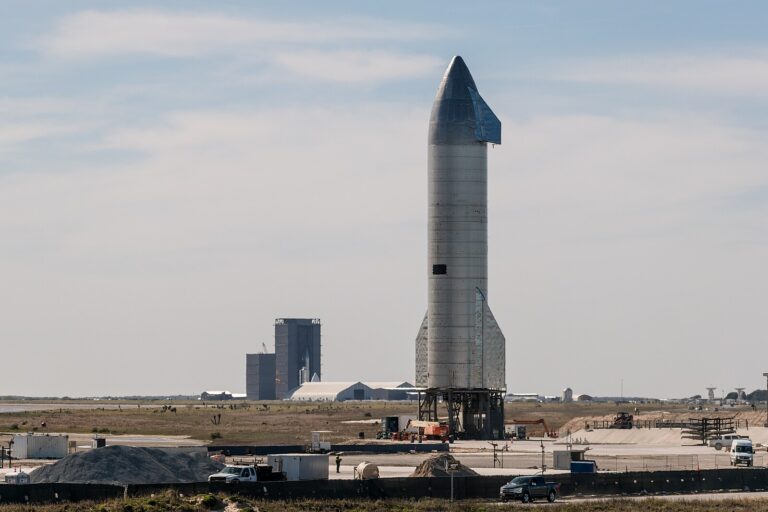Elon Musk has once again set the stage for an unprecedented leap in space exploration, confirming that SpaceX’s Starship is on track to embark on its first mission to Mars by the end of 2026. Musk, who has long championed the vision of making humanity a multiplanetary species, further revealed that the mission will include Tesla’s humanoid robot, Optimus, marking a significant step toward automation in extraterrestrial environments.
If all goes according to plan, Musk predicts that human missions to Mars could begin as early as 2029, though he acknowledged that 2031 is a more realistic target. The announcement has reignited excitement in the aerospace and tech communities, with industry experts closely monitoring SpaceX’s ambitious timeline.
Following Musk’s post on X (formerly Twitter), Tesla’s official Optimus project account responded with just two words: “Hold on.” The cryptic message left many speculating about the potential capabilities of Tesla’s AI-driven robots in assisting Mars exploration.
Starship: The Future of Space Travel
SpaceX continues to revolutionize spaceflight through its Starship program, which has been leading the industry in reusable rocket technology.
“Starship is the world’s most powerful launch vehicle ever developed, capable of carrying up to 150 metric tonnes (165 US tons) fully reusable and 250 metric tonnes (275 US tons) expendable,” SpaceX states on its website.
This immense payload capacity is expected to be a game-changer in transporting essential supplies, scientific equipment, and eventually, human passengers to Mars.
Musk’s Vision for Interplanetary Exploration
Musk has never been shy about his aspirations for the colonization of Mars. Sporting an “Occupy Mars” T-shirt at a recent White House event, the SpaceX CEO reaffirmed that reaching the Red Planet remains his top priority.
“I can’t think of anything more exciting than going out there and being among the stars,” Musk states on SpaceX’s official mission page.
SpaceX Continues Breaking Records
While Starship is being fine-tuned for interplanetary travel, SpaceX continues to push the boundaries of spaceflight technology. In February 2025, the company made history by launching a rocket from Florida and successfully landing its Falcon 9 booster in the Bahamas—a maneuver that enhances fuel efficiency and mission flexibility.
SpaceX explained that this southeast trajectory allowed for:
✅ Maximized satellite deployment into orbit.
✅ Improved conditions for future human spaceflight missions.
As SpaceX continues making groundbreaking advancements, the world watches with anticipation. Will humans set foot on Mars within the next decade? If Musk has his way, the answer is a resounding yes.
🚀 Stay tuned for more updates on the SpaceX Mars mission!
